The different types of sea kayaking
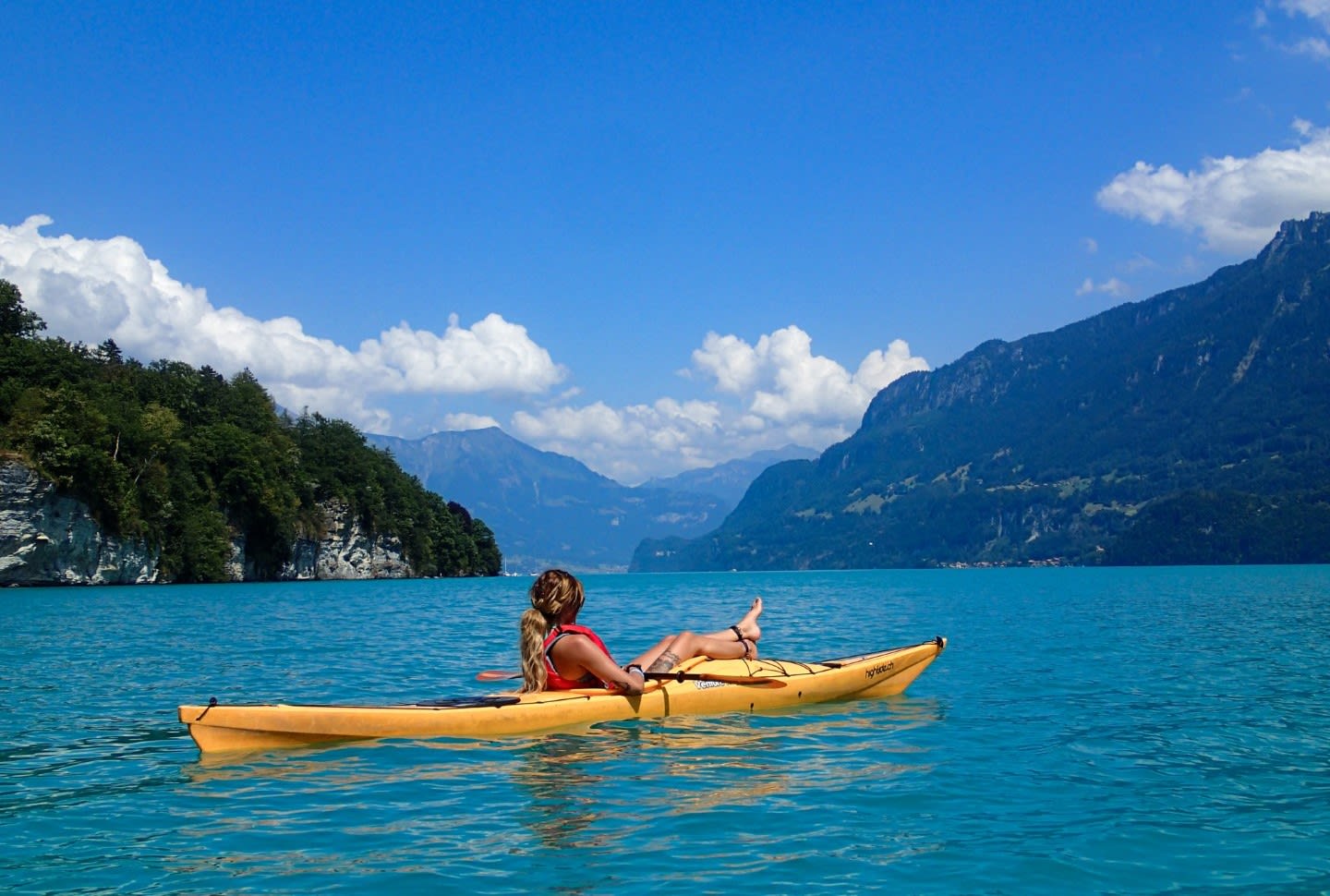
Since its creation by the Inuit (an indigenous Arctic people) over 4,000 years ago, the kayak has been designed for travelling and hunting at sea, hence its current name, sea kayaking. But did you know that these days, sea kayaking is also practised on other bodies of water?
With its elongated, streamlined shape, a sea kayak differs from other types of kayak in that it has a raised bow to face the waves and current. It can have an open hull (sit-on-top) or a closed hull (sit-in or decked kayak), which requires the use of a kayak skirt at the coaming (the opening through which you pass to enter the kayak) to prevent water from entering the boat. And, contrary to what many people think at first glance, sea kayaks are very stable! So it's ideal for getting around in the sea, but not only that: find out more about all the waters you can sea kayak on below!
At sea
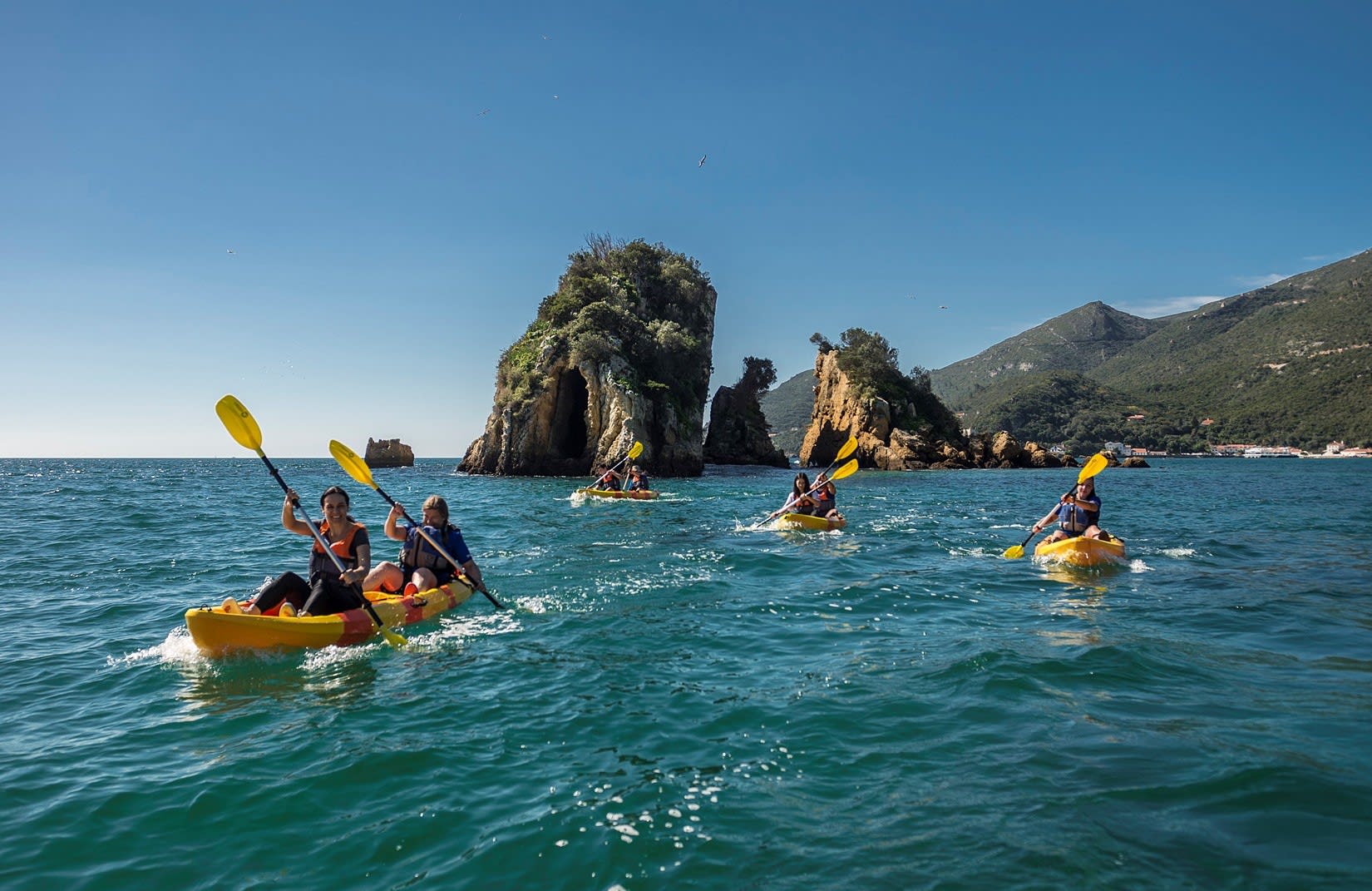
The sea is obviously the natural environment in which sea kayaking is most practised, having been designed from the outset for navigation in maritime areas. You can sea kayak from many beaches around the world, either on guided excursions or for hire.
Sit-on-top kayaks are the most popular type of kayak for hire and excursions close to the shore, allowing you to take advantage of breaks in coves for easy swimming. They are ideal for exploring lagoons, sea caves or warm-water coves, without the need for insulated clothing. Here are a few examples of sit-on-top sea kayaking activities:
- Sea kayak hire in the Esterel creeks from Saint-Raphaël
- Guided sea kayaking trip from Faro de Cabo de Gata, Almeria
- Sea kayaking and snorkelling excursion to Marjan Hill in Split
Sit-in kayaks, on the other hand, are used for excursions away from the shore, where the water temperature can be cooler. The lower body is protected from splashes inside the boat, which keeps it warm, which is more pleasant when the trip takes you more than 300 metres from a shelter (any place on the coast that a kayak can approach and take refuge on and then set off again, unassisted), or in a northern environment such as glaciers. The following excursions are all by deck kayak:
- Sea kayaking excursion to Ile d'Aix and Fort Boyard
- Sea kayaking in the Stockholm archipelago
- Guided sea kayaking trip along the Atlantic coast of Cape Town
In a fjord
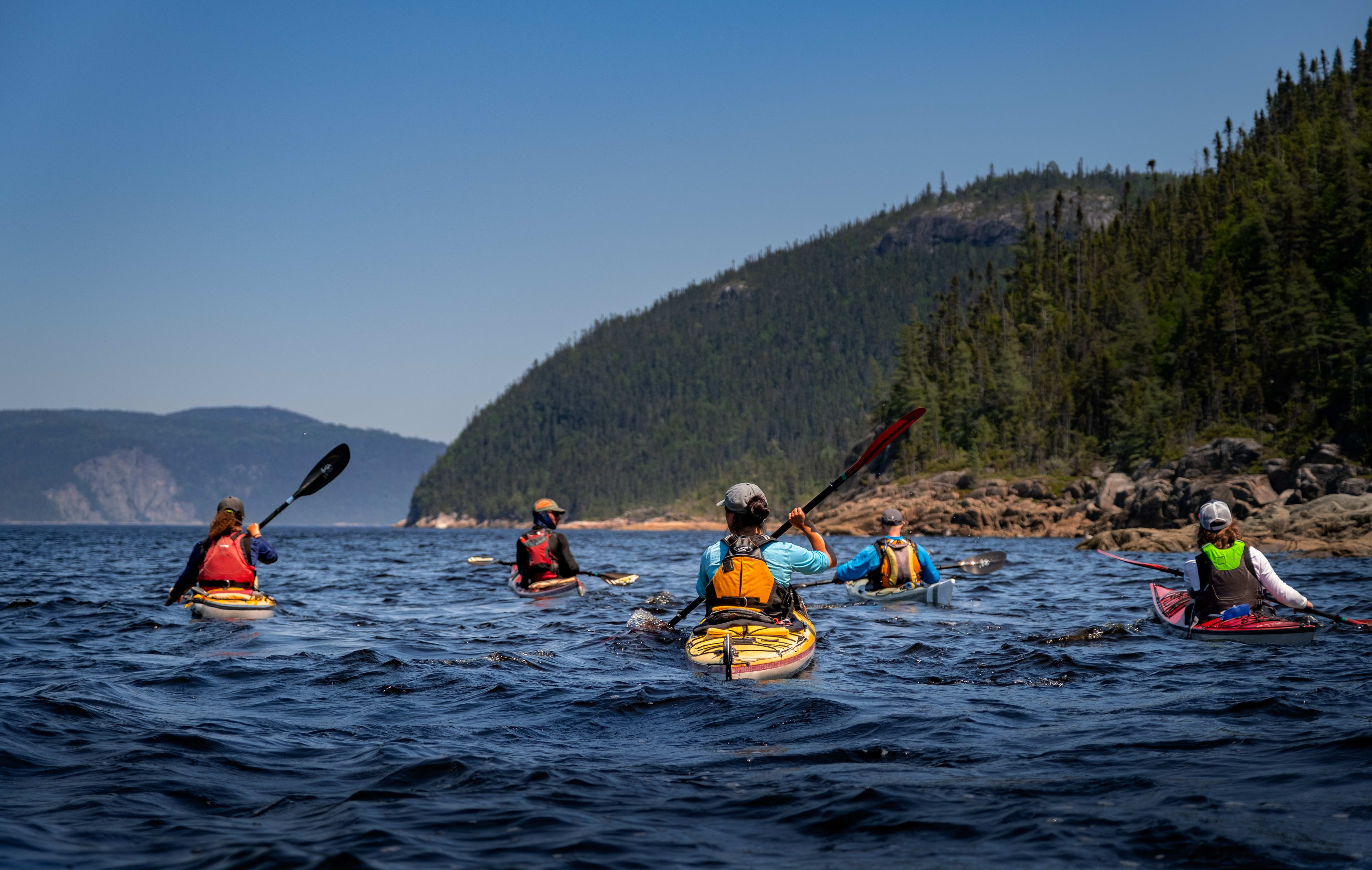
A fjord is a former glacial valley which, after its glacier retreated into the sea, was invaded by the waters of the sea. It is therefore a body of water with conditions similar to the sea, and moreover only in the high latitudes of the northern hemisphere (Scandinavian countries, Canada, Alaska, etc.), requiring the use of a sea kayak to navigate it. The same applies to the lochs in Scotland, which are similar to fjords.
The fjords offer an exceptional environment for sea kayaking in all seasons, as on the following excursions:
- Sea kayaking in the Saguenay Fjord from Saint-Etienne, Petit-Saguenay
- Sea kayaking trip in Hjørundfjorden from Øye
- Guided sea kayaking tour of the Great Glen canoeing trail
On a lake
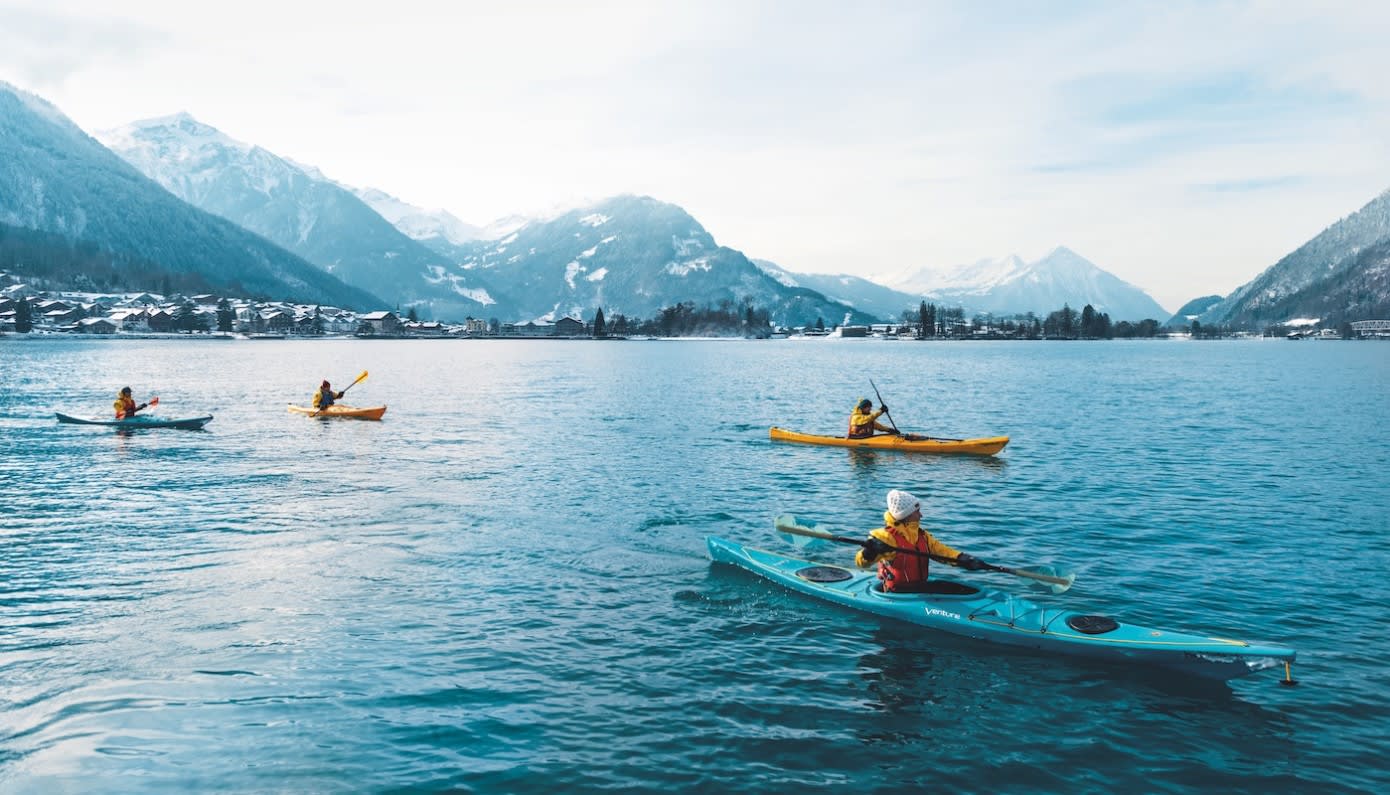
Surprising though it may seem, sea kayaking on a lake is not uncommon, especially if the lake is large. In fact, a sea kayak (if it's approved) allows you to navigate beyond 300 metres from a shelter, unlike a river kayak, which is considered a beach kayak and can't go beyond 300 metres. It's also better suited to lake conditions, where you can have the wind and current against you, just like at sea.
Whether it's Lake Geneva, Lake Annecy, Lake Garda or many other large lakes around the world, you're sure to find a sea kayaking excursion like the ones below:
- Winter sea kayaking trip on Lake Brienz, Interlaken
- Guided sea kayaking excursion on Lake Albano, near Rome
- Sea kayaking trip on Lake Sandvin from Odda
On a river
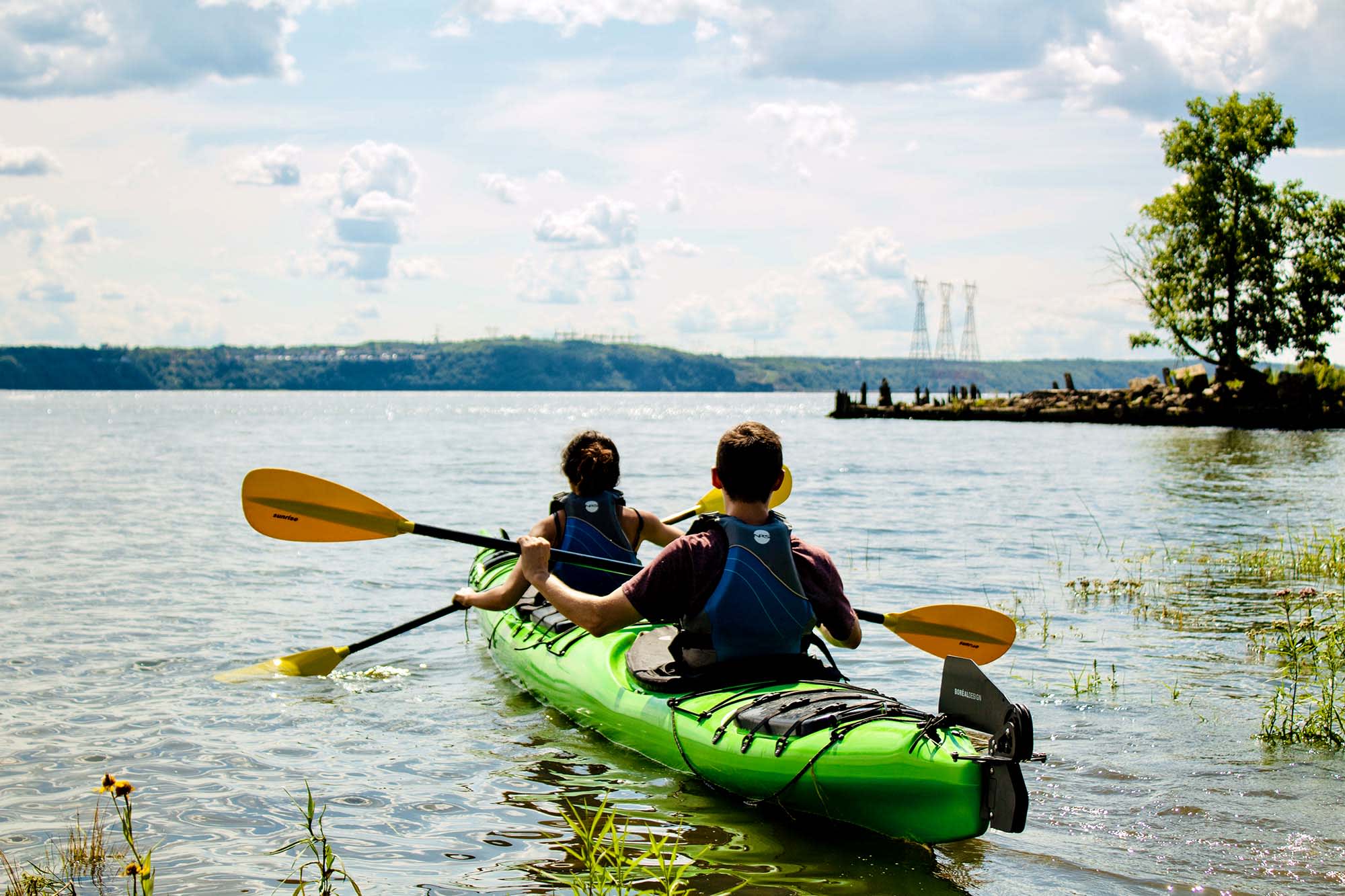
Much wider than rivers, rivers require the use of a sea kayak to navigate more easily, again possibly against the current and wind. However, river kayaks are not the most suitable for rivers, as they have a smaller, oval-shaped structure than sea kayaks and are designed to move more easily and quickly over obstacles such as rapids or rocks, something that is of little use on a river.
Whether it's a decked or sit-on-top kayak, depending on navigation conditions, you'll have a great time sea kayaking on your next river adventure:
- Guided sea kayaking excursion on the St. Lawrence from Saint-Siméon
- Kayaking down the Guadalquivir in Seville
- Guided sea kayaking tour of Trondheim
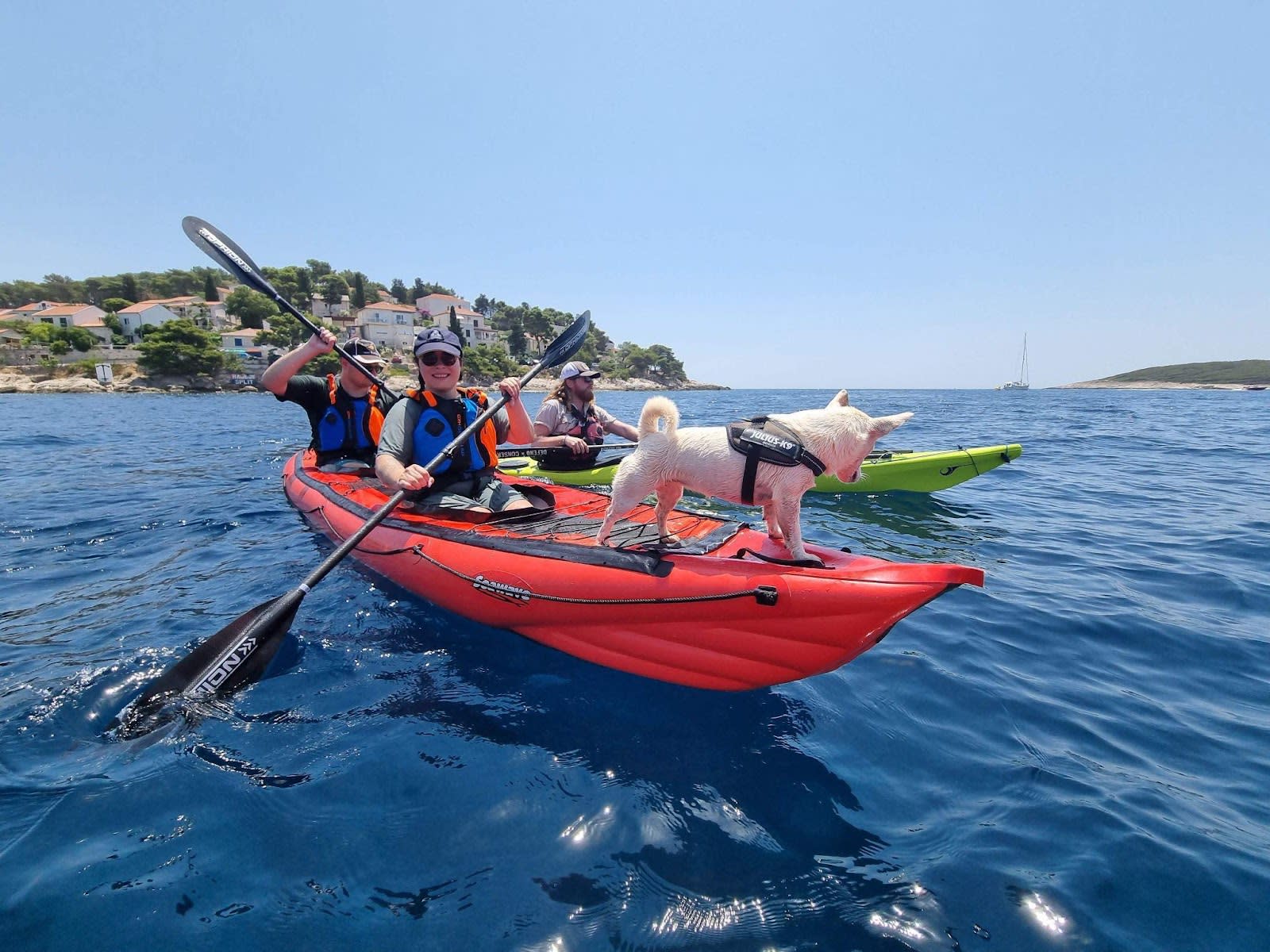
So if you see the term "sea kayak" used for kayaking in fjords, on lakes or on rivers, that's perfectly normal! This is the boat best suited to navigating each of these bodies of water alone, in pairs or even with your 4-legged friend on board. So, are you ready to book your next sea kayaking experience?